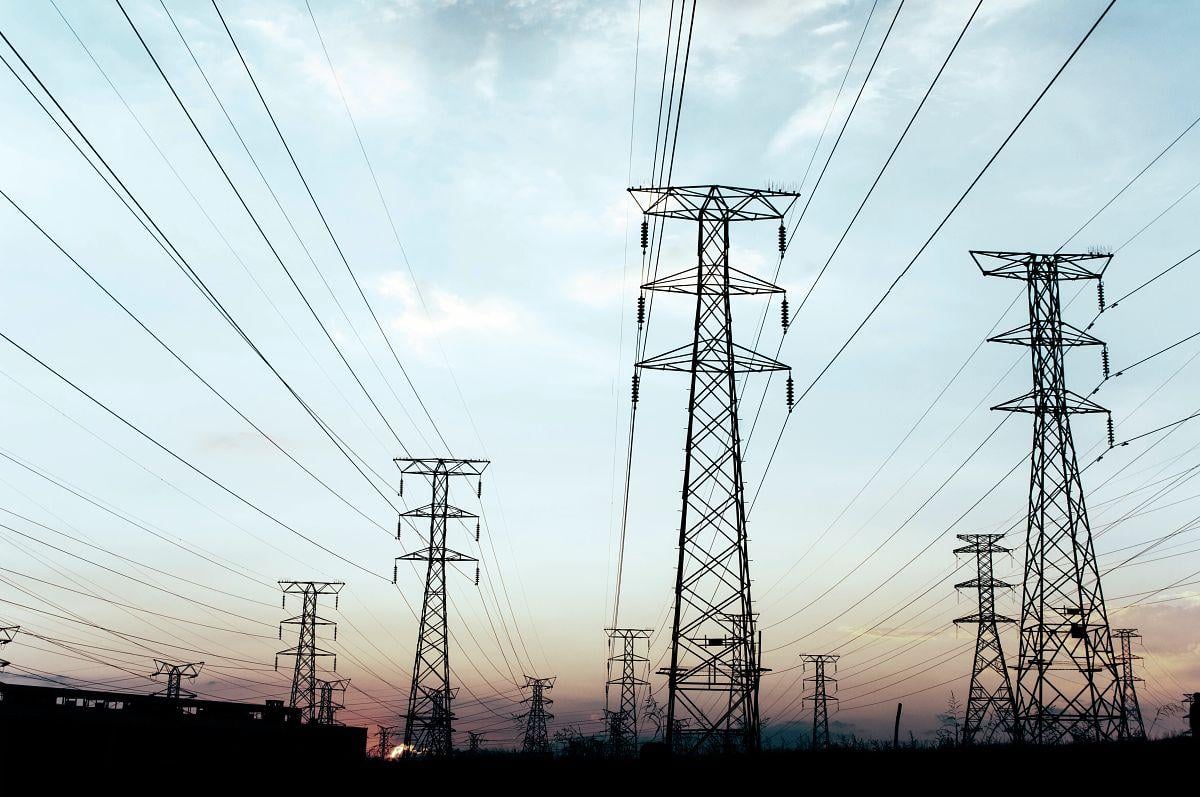ARTICLE
Electrification: The Real Story

Electrification and Decarbonization
In the global energy landscape, one of the most consistently important strategies for decarbonizing economies is electrification. At its core, electrification means replacing technologies or processes that use fossil fuels, like internal combustion engines and gas boilers, with electrically powered equivalents, such as electric vehicles or heat pumps. The concept isn’t new, and it’s easy now for communities and even governments to understand that in most immediate cases, electrification equals decarbonization.
The Challenge: The Need for A Secure and Reliable Grid
The bigger consideration with electrification is that our movements toward supporting these technologies requires a secure and reliable grid – one that can withstand a fleet of electric vehicles, technology-focused schools and hospitals, and the like. Creating a secure and reliable grid depends on where you are, what resources you have to work with, and what policy and regulation must be considered.
One consistent trend across these variables, however, is replacing internal combustion engines and outdated equipment with more efficient, electrically powered options in pursuit of reaching net zero. Transitions on this scale are already well underway, but often less discussed is what it takes to power this new electrified world.
Electrification in the Transportation Sector
For one thing, electric vehicle (EV) adoption is skyrocketing, with over 1 million EVs sold in a year in the U.S. for the first time in 2023.In contrast, the hard-to-electrify sectors – cement, transportation, and agriculture – remain just that. For all the progress in the EV world, long-haul trucking and other heavy-duty vehicles still have a long way to go in terms of electrification.
Electrification in the Construction Industry
In addition to the consumer transportation sector, the construction industry and modern building design are also accelerating electrification. From the adoption of heat pumps and electric stoves to regulations that discourage the use of gas in new construction, both commercial and residential buildings are moving towards greater electricity usage. But for industries such as these to scale in the way we need them to, massive support behind a flexible and reliable grid must first take place, and a key component in that ecosystem of electricity is the peaker.
Global Demand Increase
The U.S. Energy Information Administration (EIA) anticipates that global electric power generating capacity will increase by up to 76% in 2050. This forecast, which considers only demand on a grid, and which most people would consider enough to contend with the other factors that can test a grid’s stability and reliability. At the same time that our electricity demand is increasing, the infrastructure we rely on to supply it is facing more unpredictable conditions. In 2023, the U.S. had a record 25 weather disasters where overall damage reached at least $1 billion, and the frequency of these events has increased in recent years.
AI-Driven Technologies
In addition to that, until very recently, utilities didn’t factor in the effect of artificial intelligence (AI) on load forecasting. Now, it’s clear that data centers and server farms powering the massive computational needs of AI-driven technology will significantly increase demand on our grids. In fact, “the energy required today by server racks is already five to eight times higher than historical requirements,” says Mousumi Guha, Market Intelligence and Strategy at Mitsubishi Power Americas. The need and demand are there. The question is, will we be able to meet it? “This underlying mismatch between capacity and demand is exactly why dispatchable generation is so important to grids overall,” Guha says.
The Solution: Peaker Plants
The reality of electrification is that utilities and power producers will have to balance addressing the need for two things simultaneously: 1) continuing to provide reliable generation when other energy sources are unavailable, and 2) addressing these requirements in a socially equitable and just way. In many cases, for many regions, deployment of both combined cycle and peaker plants is the answer. While many already recognize the need for peakers, what might be overlooked is the fact that they will need to be bigger and more powerful than what the industry is accustomed to. This is where innovation, collaboration, and flexibility will come into play.
Explore the key role of peakers in decarbonization and how new solutions are helping meet the need for increased capacity on the path to net zero by downloading our playbook here.
As the world looks to achieve aggressive decarbonization goals, the question remains: How can growing energy needs be met in an efficient and reliable way?
Download Guidebook


